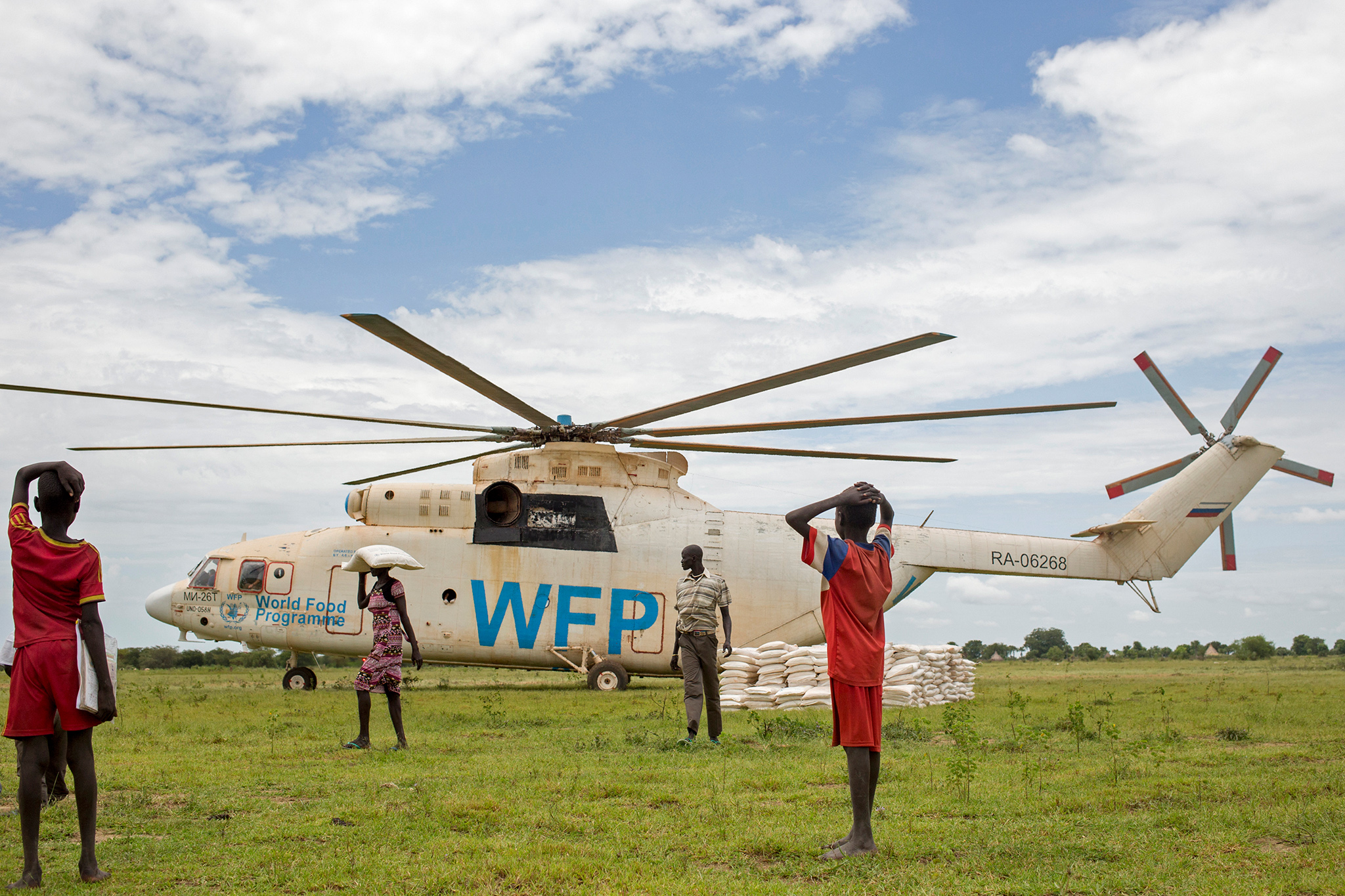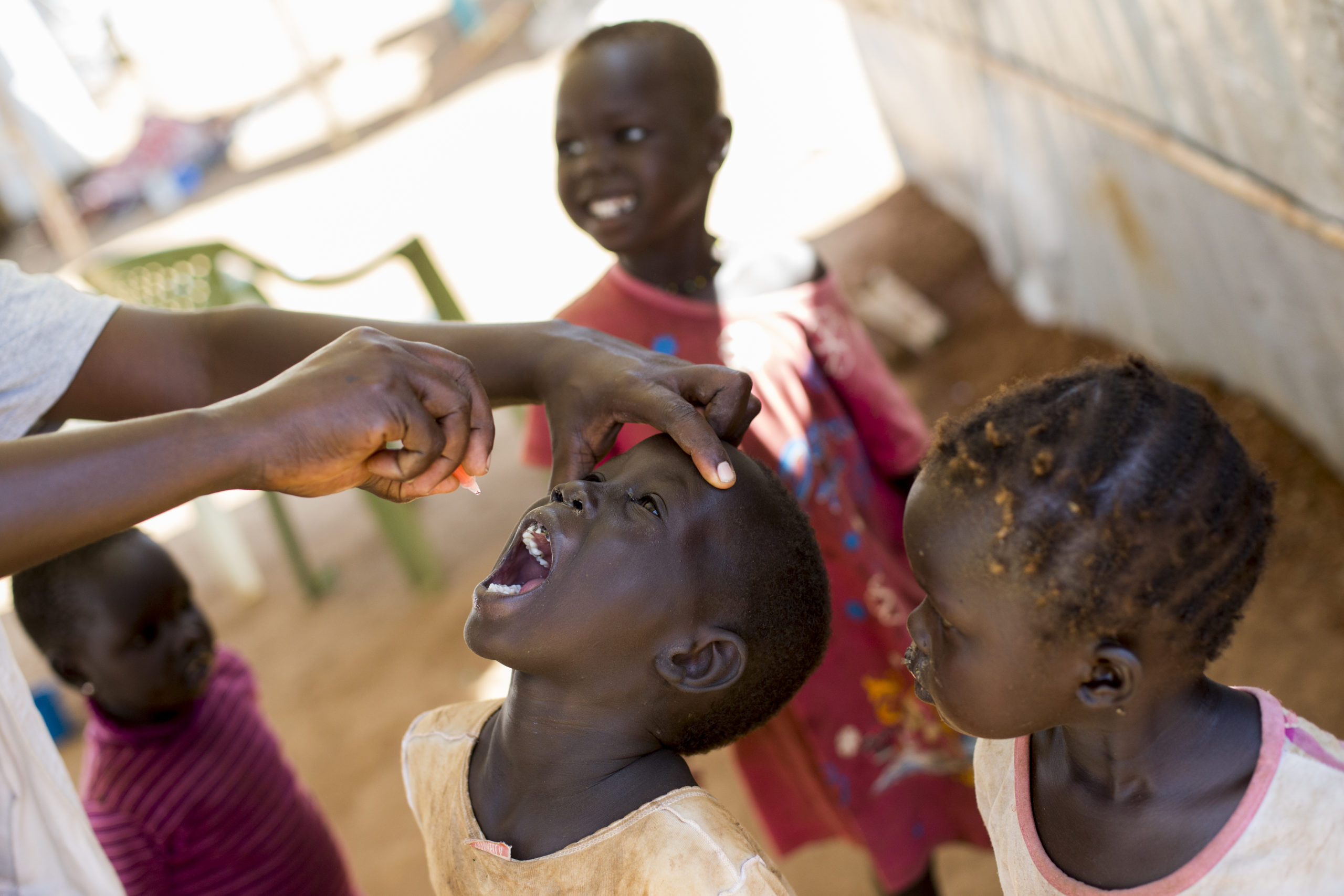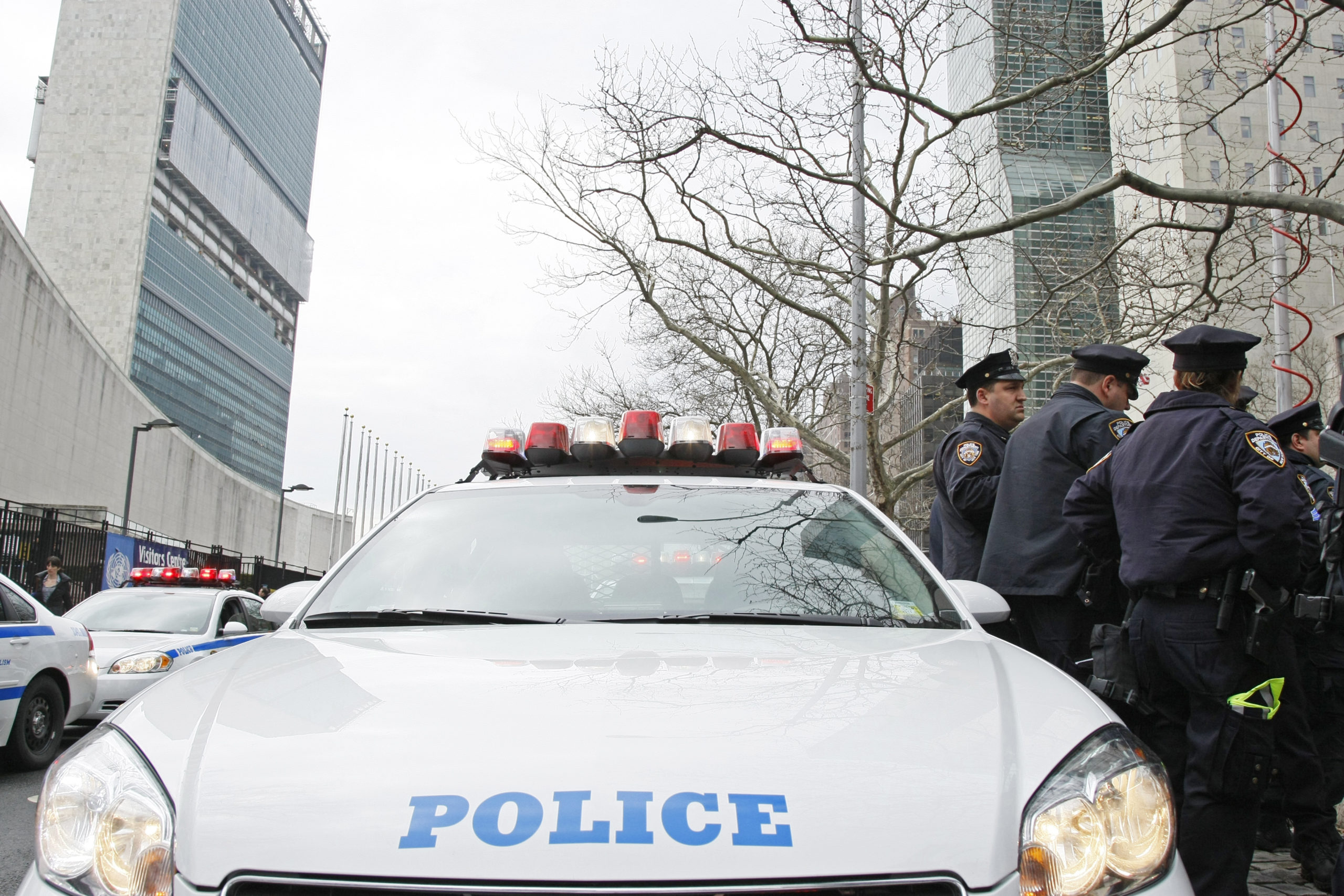Following the end of World War II in 1945, 51 countries—including the United States—came together to form the United Nations, an international organization tasked with maintaining international peace and security, promoting social progress, and supporting universal human rights.
President Franklin D. Roosevelt was instrumental in the creation of the organization and even coined the name “United Nations.” Following his death in April 1945, President Harry Truman signed the charter on June 26, 1945 in San Francisco at the War Memorial Opera House. The charter came into force on October 24, 1945, which is annually celebrated as “UN Day.”
Seventy-six years later, the UN has grown to encompass 193 member states, and its work touches on a wide array of issues critical to humanity: from conflict prevention and peacekeeping, to sustainable development and environmental protection, to humanitarian assistance, refugee protection, nuclear non-proliferation, gender equality, and promoting good governance.
The UN’s work in these and many other areas has directly advanced U.S. values and interests around the world. The U.S. has enjoyed a uniquely prominent status within the UN, serving as a veto-wielding permanent member of the UN Security Council, host of UN headquarters in New York City, and its largest financial contributor. This has placed the U.S. in a prime position to shape the UN’s agenda to advance its own national security interests, foreign policy objectives, and values.
Below is a look at key moments of the U.S.-UN partnership over the UN’s last seven decades.










